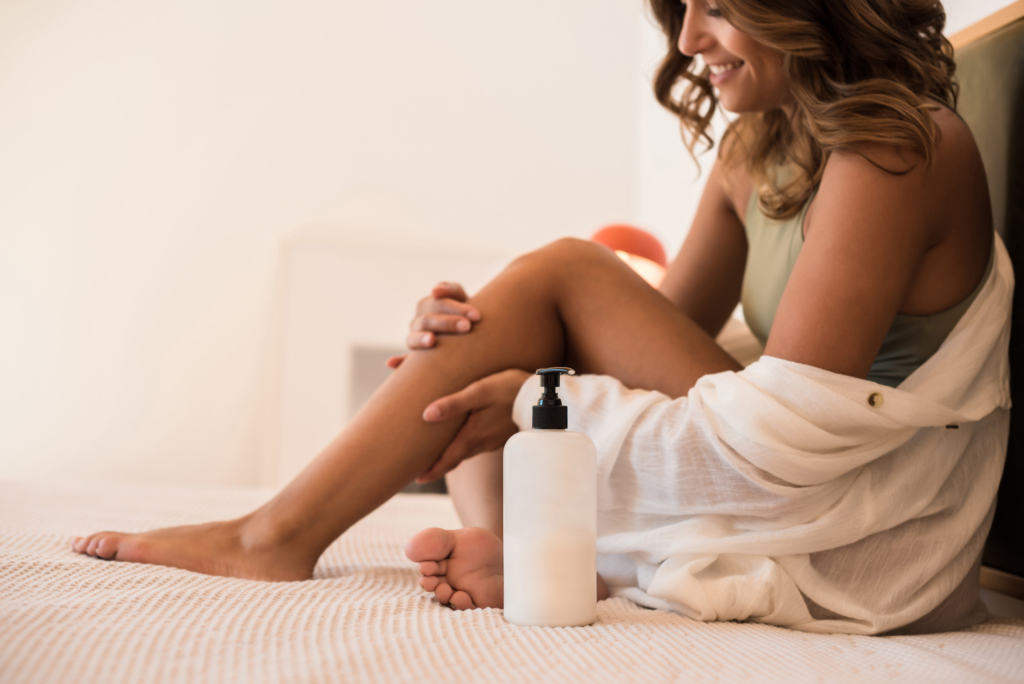
Atopic dermatitis in adults. Causes and treatment
Atopic dermatitis, also called skin eczema, affects about a third of the world’s population. It is manifested by irritation, crusts and dry skin, both on the face and other parts of the body.
Causes of atopic dermatitis
- The most common cause of atopic dermatitis is genetics, followed by environmental factors. In the most unfortunate cases, people who suffer from asthma or allergic rhinitis, frequently develop eczema in response to the immune system.
- There are also situations in which it occurs unrelated to the cases described above, but as a reaction to a substance with which your skin or body comes in contact.
- People living in urban areas are at higher risk for atopic dermatitis due to pollution.
- Hormonal disorders often cause unsightly rashes on the skin.
- Stress can make or break the symptoms of atopic dermatitis.
- Alcohol and tobacco use are also triggers.
- Mood swings, anxiety, irritability, restlessness, depression come with skin rashes, especially on the face.
Clinical manifestation
The symptoms are varied and may consist of:
- dry skin, especially in the elbow and / or knee area. It can crack very easily, increasing the risk of skin infections;
- scalp problems, such as itching, even in the absence of skin eczema and itchy sores;
- thickening of the skin and variations in its pigmentation;
- it is especially visible on the face and neck;
Methods of prevention and treatment
In pharmacies there are many types of creams, ointments and dermato-cosmetic products to relieve the symptoms of atopic dermatitis. It is good to know, however, that you need a medical recommendation for such treatments, as the incorrect combination of these can cause other complications, sometimes even more serious.

The best method of prevention and treatment of atopic dermatitis is to optimize the lifestyle of the exposed person, by: giving up alcohol and smoking, using quality skin care products, following a healthy diet.
In addition, we recommend:
- maintaining a constant ambient temperature, avoiding sudden changes in temperature as much as possible;
- permanent hydration of the skin with a cream recommended by the dermatologist;
- use warm water in the shower, not hot;
- avoid as much as possible exposure to stress, perspiration, dust, pollen, detergents.
